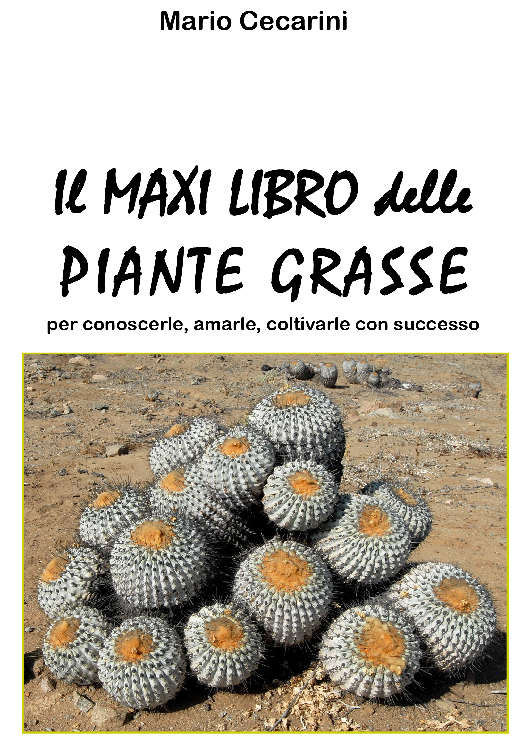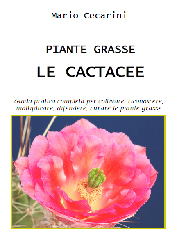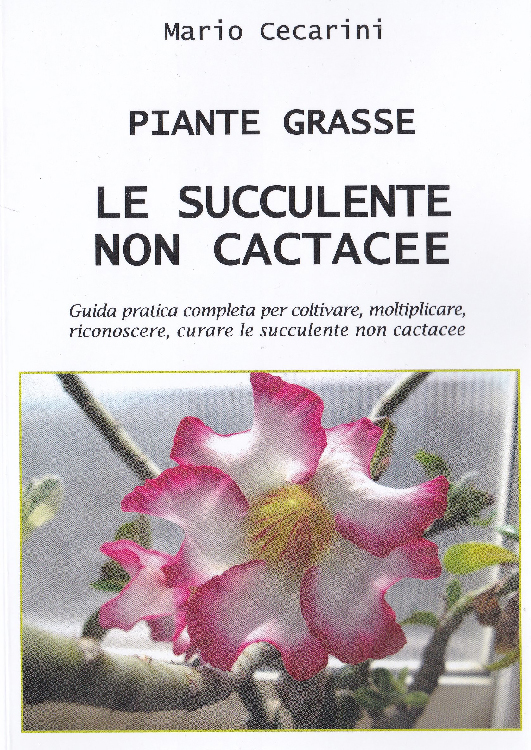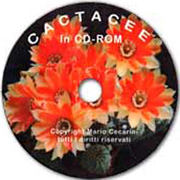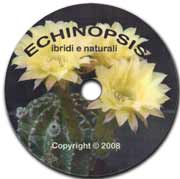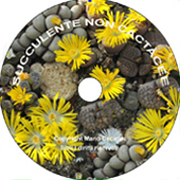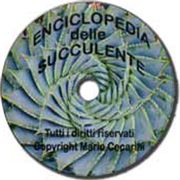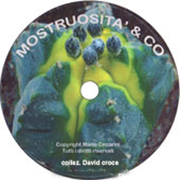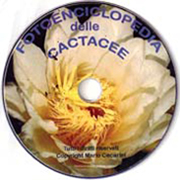Habitat: Bolivia, Argentina, Uruguay, Paraguay.
Description: globular, cylindrical when older, half-hardy cacti with spiny ribs. Some grow in semi-desert regions sheltered by tufts of grasses, others in mountainous regions even at great elevations. They usually produce offsets. The large, ephemeral flowers are borne at the tip of a long pedicel and are also fragrant in some species. Some hydrid species develop very attractive flowers in many different shades of colour. The genus now also includes Pseudolobivia, Lobivia, Trichocereus, Helianthocereus.
Soil: basic mix; this can be improved with some mature manure.
Location: grow in filtered sunlight and choose a very bright site for the winter; always ensure good ventilation.
Temperature: minimum temperature around 4°C (39°F); the maximum should not exceed 38°C (100°F). Cool temperatures encourage flowering.
Water: average.
Cultivation tips: easy, but care must be taken to protect them against spider mite, mealy bugs and other kinds of mite, as well as high humidity. Apply fertilizer during the flowering period and repot each spring.
Too much water and heat may cause the plant to produce offsets and consequently less abundant flowers. Offsets should therefore be removed and may be rooted as cuttings.
Main species of Echinopsis: Echinopsis eyriesii; Echinopsis ancistrophora; Echinopsis bridgesii; Echinopsis leucantha; Echinopsis mamillosa;
Echinopsis tubiflora; Echinopsis melanopotamica; Echinopsis mirabilis; Echinopsis obrepanda; Echinopsis huascha; Echinopsis mamillosa, min. 7°C (45°F); Echinopsis multiplex; Echinopsis oxygona; E. shaferi; Echinopsis silvestrii; Echinopsis subdenudata; E.tapecuana;
E. calochora, with huge flowers; E. turbinata; Echinopsis vallegrandensis; E. tubiflora;
Echinopsis haku-jo, maybe an hybrid or a chimera. A wide range of hybrids with many different coloured flowers.




